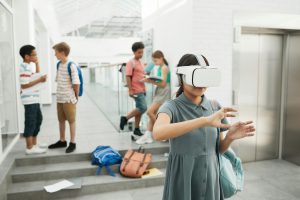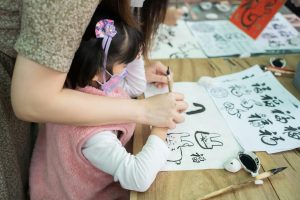Unlocking Student Potential: Mastering Personalized Learning Strategies
In today’s modern education system, the typical one-size-fits-all approach to teaching is slowly being phased out in favor of personalized learning strategies. With the advancement of technology and the availability of resources, there is a growing recognition that students have unique needs and learning styles that require a more tailored approach to education. This shift towards personalized learning has gained traction over the years and has shown promising results in unlocking student potential. So, what exactly is personalized learning and how can it help students reach their full potential? Let’s explore this further in this article about unlocking student potential through mastering personalized learning strategies.
What is Personalized Learning?
Personalized learning is an approach to education that recognizes and caters to the diverse learning needs, styles, and interests of students. It shifts the focus from a teacher-centered model to a student-centered model where students have more control over their learning. This means that the pace, content, and learning experience are tailored to fit the individual needs of the student, empowering them to take ownership of their learning journey.
The Benefits of Personalized Learning
1. Catering to Individual Needs
One of the main benefits of personalized learning is that it allows students to receive education that suits their specific learning needs. Every student is unique, and personalized learning recognizes this by providing a customized learning experience. This can be especially beneficial for students who may struggle with traditional teaching methods, such as those with learning disabilities or language barriers.
2. Increased Engagement and Motivation
By tailoring the learning experience to their interests and needs, personalized learning can increase a student’s sense of engagement and motivation. When students are personally invested in their learning, they are more likely to stay engaged and motivated to succeed. This helps to create a positive learning environment and leads to improved academic performance.
3. Encourages Self-Directed Learning
Personalized learning encourages students to take ownership of their learning and become self-directed learners. This not only allows students to set their own learning goals but also gives them the opportunity to develop important skills such as critical thinking, problem-solving, and time management. These skills are essential for success both in academics and in the real world.
4. Promotes a Collaborative Learning Environment
Personalized learning often involves collaborative learning, where students work together in groups or pairs to complete tasks or projects. This promotes a sense of community and helps to develop important social skills such as communication, teamwork, and conflict resolution. These skills are crucial for personal and professional growth.
Mastering Personalized Learning Strategies
While the benefits of personalized learning are clear, it can be challenging for teachers to effectively implement these strategies in the classroom. Here are some key strategies that can help teachers master personalized learning:
1. Understanding Each Student’s Needs
In order to provide a personalized learning experience, teachers must take the time to understand each student’s learning needs, strengths, and weaknesses. This can be achieved through observation, assessments, and regular communication with the student.
2. Using a Variety of Teaching Methods and Resources
Personalized learning involves using a variety of teaching methods and resources to cater to the diverse needs of students. This can include hands-on activities, cooperative learning, technology, and more. Teachers must be open to trying new approaches and continuously adapt to the changing needs of their students.
3. Encouraging Student Reflection and Feedback
Self-reflection and feedback are important aspects of personalized learning. Encouraging students to reflect on their learning journey and providing opportunities for them to give feedback on their learning experience can help teachers fine-tune their approach and make adjustments as needed.
4. Partnering with Parents and Caregivers
In order to fully support personalized learning, teachers must also involve parents and caregivers in the process. Regular communication and collaboration with families can help teachers better understand each student’s needs and work towards a common goal of unlocking their full potential.
In conclusion, personalized learning has the potential to unlock student potential and transform the traditional education system. By understanding each student’s needs, using a variety of teaching methods, encouraging self-directed learning, and partnering with parents, teachers can effectively master personalized learning strategies. It’s time to make the shift towards a more personalized education system and empower students to reach their full potential.










